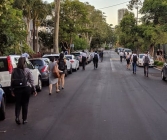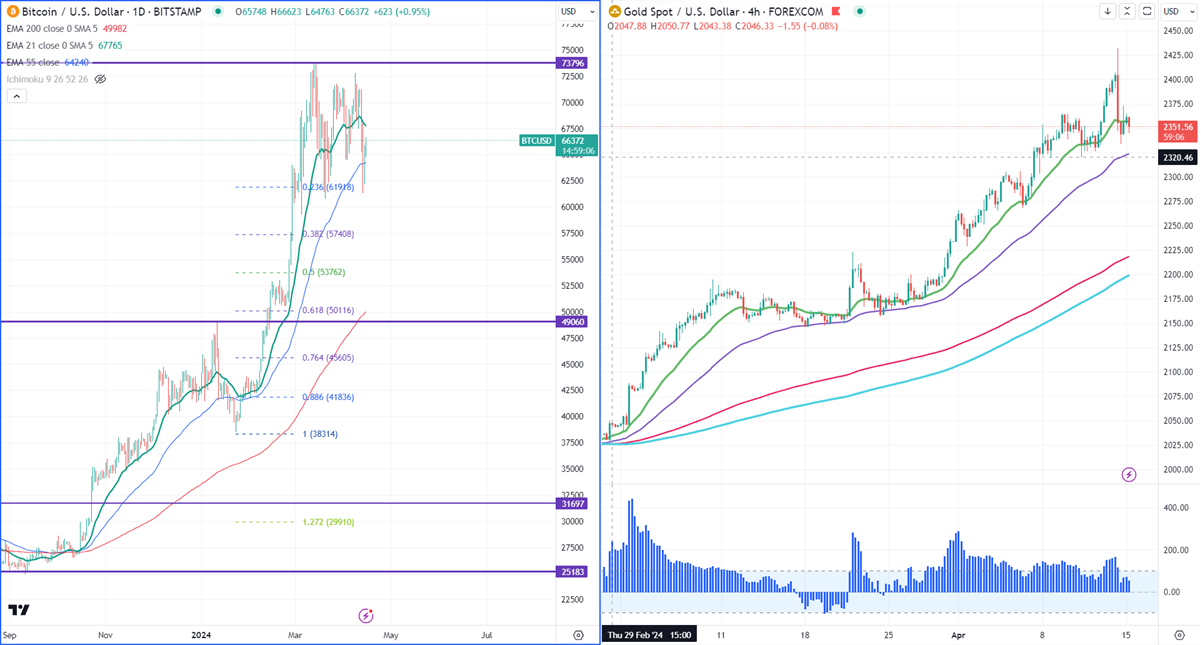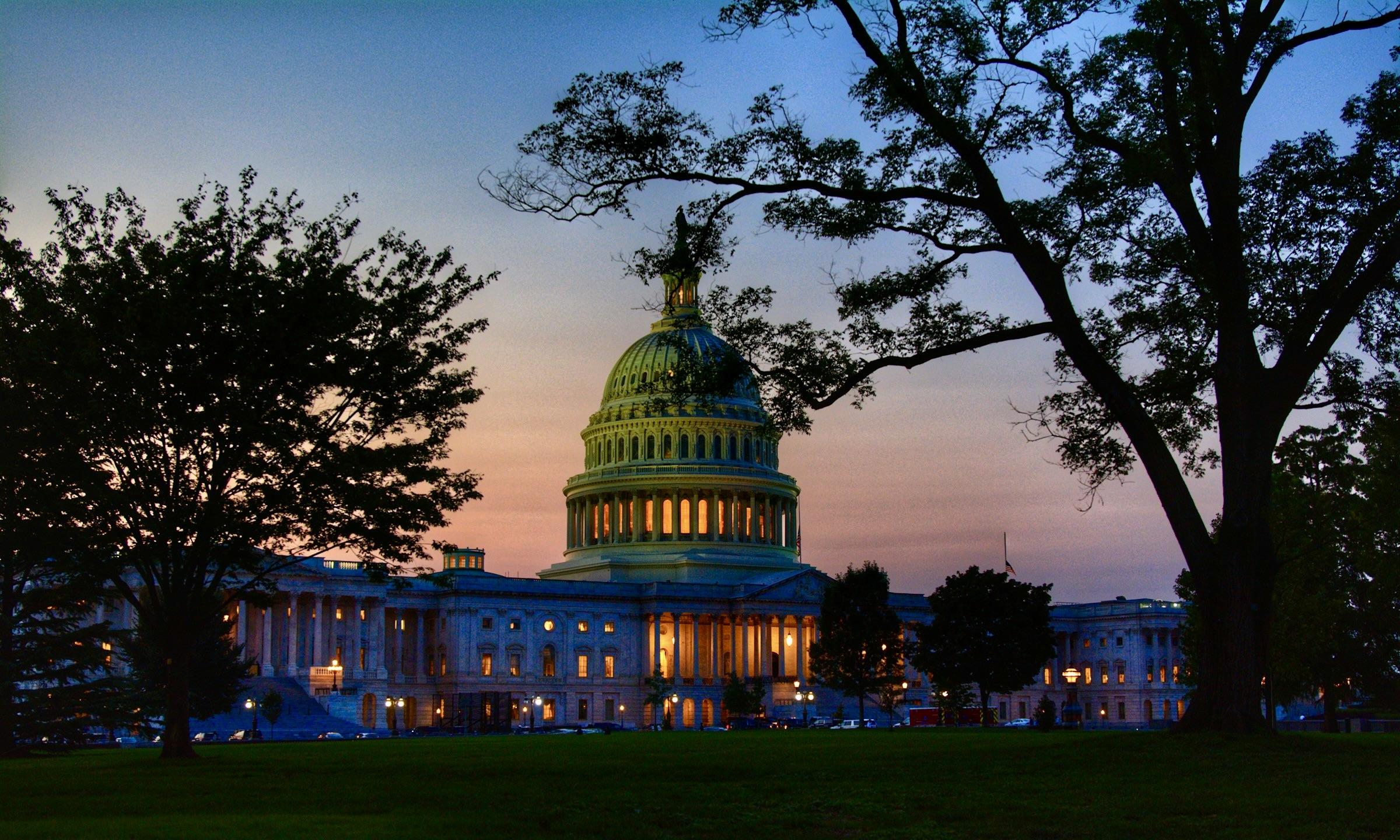
David Levinson
Professor of Transport, University of Sydney
Prof. David Levinson teaches at the School of Civil Engineering at the University of Sydney, where he leads the Network Design Lab and the Transport Engineering group. He is an honorary affiliate of the Institute of Transport and Logistics Studies, where he is also a member of the Board of Advice. He also serves as an adjunct faculty in the Department of Civil, Environmental, and Geo- Engineering at the University of Minnesota, where from 1999 to 2016, he served on the faculty. He was Managing Director of the Accessibility Observatory, and directed the Networks, Economics, and Urban Systems (NEXUS) research group. He held the Richard P. Braun/CTS Chair in Transportation (2006-2016). He also served on the graduate faculty of the Applied Economics and Urban and Regional Planning programs at the University of Minnesota. In academic year 2006-2007 he was a visiting academic at Imperial College in London.
In January 2005 he was awarded the CUTC/ARTBA New Faculty Award. He earned a Ph.D. in Transportation Engineering at the University of California at Berkeley in 1998. His dissertation “On Whom the Toll Falls“, argues that local decision making about managing and financing roads will most likely lead to direct road pricing, which will allow the efficient allocation of scarce road resources (and thus reduce congestion). He has also conducted research into travel behavior.
He received the 1995 Tiebout Prize in Regional Science for the paper “Location, Relocation, and the Journey to Work”. From 1989 to 1994, he worked as a transportation planner, developing integrated transportation and land-use models for Montgomery County, Maryland. He then applied those models for multimodal network planning and growth management.
Levinson has authored or edited several books, including Elements of Access, Spontaneous Access, The End of Traffic and the Future of Access, The Transportation Experience, and Planning for Place and Plexus, as well as numerous peer reviewed articles. He is the editor of the Journal of Transport and Land Use.

How to increase train use by up to 35% with one simple trick
May 03, 2019 17:08 pm UTC| Insights & Views Economy
Train riders have to get to stations somehow. This is often referred to as the first mile or last mile problem. There are many technical solutions to help travellers get from home to the station and back, ranging from cars...
A sustainable future begins at ground level
Canada needs a national strategy for homeless refugee claimants
An eclipse for everyone – how visually impaired students can ‘get a feel for’ eclipses
- Market Data







































